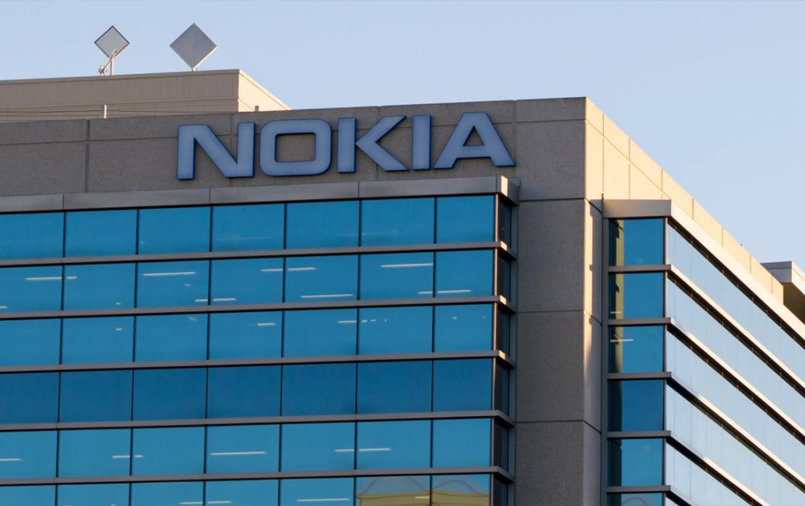- In her speech, she stated that Australia stands to lead global digitisation, given that many of its industries are “keenly aware” of how critical infrastructure can drive productivity and eventually boost the economy.
- 5G can and is expected to become the gateway for the Internet of Things (IoT) on a much larger scale.
- According to Mills, Australian organisations talk about critical network requirements in the same context as developments in automation, edge cloud, and artificial intelligence (AI).

Fifth-generation networking, or simply 5G, promises extremely fast speeds to end connection congestion. This technology is expected to change mobile networking as well as create new economic opportunities. In fact, at a summit, Anna Wills, market head of Nokia Oceania, has talked about 5G’s potential to transform industries and how Australian enterprises are completely onboard with digitisation.
In her speech, she stated that Australia stands to lead global digitisation, given that many of its industries are “keenly aware” of how critical infrastructure can drive productivity and eventually boost the economy.
The Difference Between 4G and 5G
When it was first rolled out, 4G allowed users to access quality video streaming and calling on the go - something that was impossible with third-generation networking. The advent of 4G meant that people commuting to and from work could watch live TV as easily as they could call someone.
This increase in video streaming, though, also led to the network becoming increasingly congested. Not only did a congested network mean a weaker signal at rush hour; it also meant that users would sometimes be unable to access their Web browsers.
Therein lies a major difference between fourth-generation and fifth-generation networking. According to Chris Mills, head of industry analysis at Tutela, 4G is reaching or has already reached its limits when it comes to the amount of data it can quickly transfer. With 5G, the network congestion will be virtually eliminated.
In addition, 5G can and is expected to become the gateway for the Internet of Things (IoT) on a much larger scale. This may well prove revolutionary for infrastructure management, data-driven industries, and even smart cities, since it will then be possible for many more devices - even those other than smartphones - to work reliably and securely in one area.
5G, Critical Networks, and Australia
According to Mills, Australian organisations talk about critical network requirements in the same context as developments in automation, edge cloud, and artificial intelligence (AI). “We believe Australia is definitely on the track to lead the world in digitising industries,” she says, “and this offers real opportunity for our GDP for the industries to support our economy and for exporting innovation.”
So how does Nokia fit into the picture? As it turns out, Nokia is supporting different enterprises’ digitisation journeys by providing the critical infrastructure needed to support industrial applications.
“There are many common components to these critical networks which Nokia is uniquely able to bring together,” Mills says. She cites Nokia’s work with Caterpillar - the world’s largest manufacturer of construction equipment - and how they created an integrated teleremote dozing solution as an example.
It’s not just in industries, too.
For public safety, critical networks are becoming more and more, well, critical. Nokia, Optus, and TPG Telecom have been chosen by the New South Wales Telco Authority to work on and develop a proof-of-concept National Public Safety Mobile Broadband Network. The aim for this network is to provide critical connectivity for public safety agencies, enabling live streaming from body cameras, personal location tracking, and bushfire monitoring drones, among other things.
What does Wills have to say about this? “This is a clear example of a critical network that will drive true benefits.”


